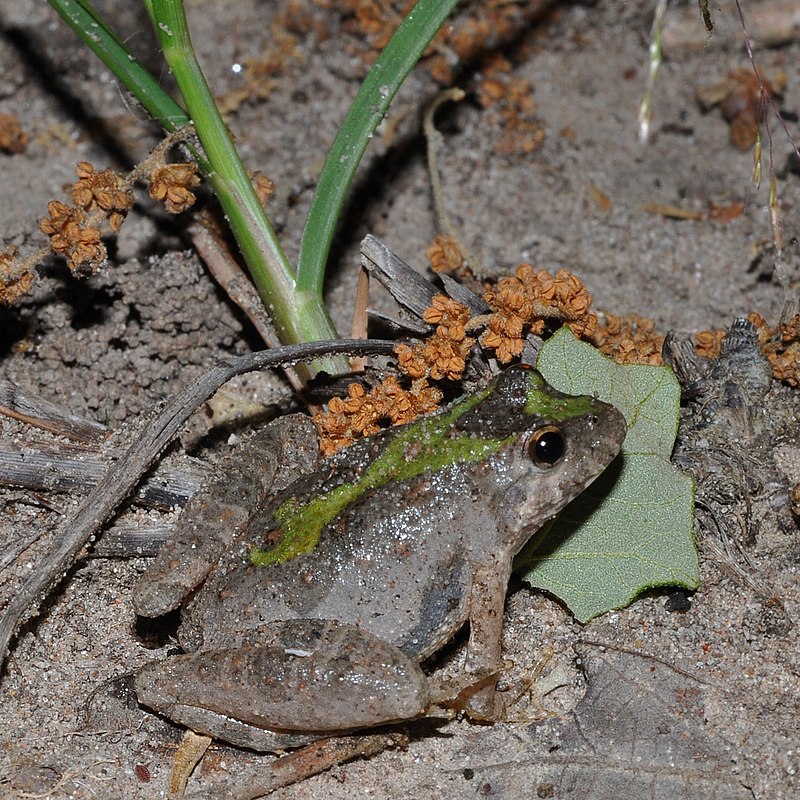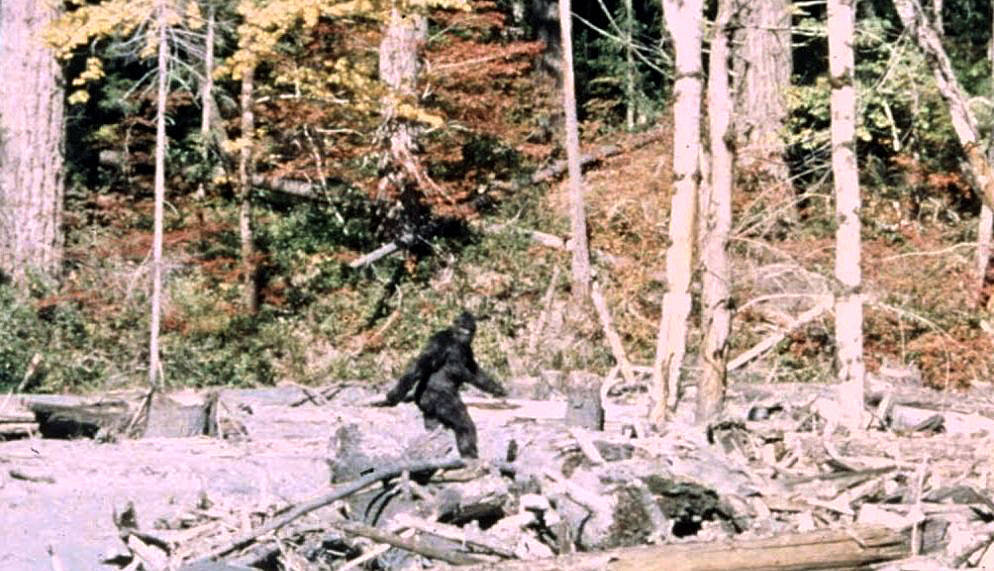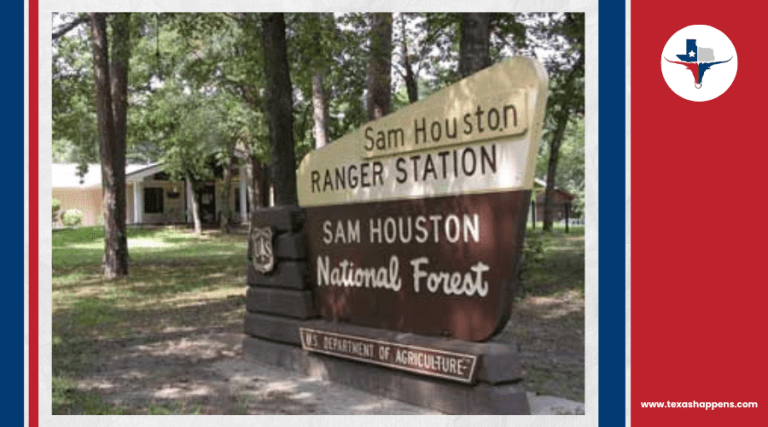Head to Sam Houston National Forest for unforgettable outdoor adventures in East Texas. Just 50 miles north of Houston, this expansive 200,000-acre forest offers thrilling activities like hiking and fishing. Investigate the Lone Star Hiking Trail, Texas’s longest continuous hiking path, or enjoy diverse fishing at Lake Conroe. Camp at developed sites like Cagle or Double Lake, perfect for family retreats.
Discovering Sam Houston National Forest
Situated just 50 miles north of Houston, Sam Houston National Forest invites you to investigate its nearly 200,000 acres of natural beauty. It’s not just a feast for the eyes but a reflection of forest history and wildlife conservation efforts.
The forest is home to a variety of wildlife, including some endangered species like the red-cockaded woodpecker. This bird’s presence is a direct result of focused conservation efforts, ensuring that these creatures have a safe haven to thrive. Around Lake Conroe, you might spot the majestic bald eagles, seasonal visitors that highlight the forest’s role in broader wildlife conservation initiatives.
Your exploration isn’t limited to observing wildlife. The forest’s landscape, featuring flat to rolling terrain, offers diverse activities like fishing, boating, hunting, and camping. With three developed campgrounds—Cagle, Double Lake, and Stubblefield Lake—you have ample opportunities to engage yourself in nature.
Exploring the Lone Star Hiking Trail
The Lone Star Hiking Trail, a National Recreation Trail, stretches approximately 128 miles, making it Texas’s longest continuous hiking path. As you set off on this trail, you’ll traverse three distinct sections: Lake Conroe, Central Area, and Winters Bayou/Tarkington Creek, each offering unique landscapes.
It’s a fantastic opportunity for families to bond in nature, similar to the experiences found at national parks in Texas, where outdoor adventures await. Regardless of whether you’re a novice or a seasoned hiker, you’ll find paths that suit your skill level. Try the easy Lone Star Trailhead #11 at 3.5 miles, or challenge yourself with the 16.8-mile Kelly’s Pond Loop.
Trail maintenance is essential for keeping these routes accessible and enjoyable. Volunteers and officials work tirelessly to clear debris, mark paths, and maintain bridges, ensuring a safe expedition. It’s best to hike during winter or spring when temperatures are mild. Remember to wear visible clothing during deer hunting season from November to December for safety.

William L. Farr, Blanchard’s cricket frog (Acris blanchardi), Montgomery Co. TX (April 2014), CC BY-SA 4.0
Along your hike, take time to enjoy the scenic viewpoints. These spots offer breathtaking vistas, perfect for a rest and some reflection. Plus, the trail’s 86 miles of multi-use paths welcome not just hikers but cyclists and equestrians, too. Welcome the beauty and challenge of the Lone Star Hiking Trail—it’s an adventure you won’t forget.
Bigfoot Sightings and Stories
Amid the dense, mysterious woodlands of Sam Houston National Forest, whispers of Bigfoot sightings have captivated both locals and adventurers alike. Since 2015, more than two dozen Bigfoot encounters have been reported, drawing attention from enthusiasts and skeptics. T
he forest’s vast 254 square miles span Montgomery and Liberty counties, areas renowned for frequent sightings and the perfect backdrop for such intriguing tales. Imagine walking through the thick underbrush, only to catch a glimpse of a large, bipedal figure fading into the shadows. It’s enough to make anyone question what’s truly out there.

Birdwatching Opportunities
This forest is home to a diverse range of North American bird species, including the rare and endangered red-cockaded woodpecker. Its distinctive high-pitched call can often be heard echoing through the woods, offering a unique experience for bird lovers. The forest’s rich ecosystems, from wetlands to woodlands, provide ideal habitats for these birds and many others, making it a prime location for spotting a variety of species.
The forest plays an essential role in supporting migratory birds, creating opportunities to observe different species throughout the year. Seasonal changes bring an assortment of bird species into view. Spring and fall are particularly exciting, as these seasons align with peak migratory patterns, allowing you to witness the fascinating movements of birds as they travel.
Camping and Accommodation
In relation to camping and accommodation in Sam Houston National Forest, you’ll find three developed campgrounds ready to enhance your outdoor experience: Cagle, Double Lake, and Stubblefield Lake. Cagle Recreation Area boasts 47 full-hookup sites, perfect if you want convenience near water sports and hiking trails.
This area, much like Inks Lake State Park, is ideal for those looking to enjoy a range of outdoor activities. Remember to pack your camping necessities like a sturdy tent, sleeping bag, and cooking gear. Reservations are a must for Cagle, ensuring you secure a spot in this popular area.
Double Lake offers a fantastic setting for families and groups with its lakeside group camping sites and swimming areas. It’s a great place to teach kids about campsite etiquette, such as respecting quiet hours and keeping the area clean. Like Cagle, you’ll need to book your campsite in advance.
Best Seasons to Visit
When planning a trip to Sam Houston National Forest, consider visiting during the peak seasons of winter and spring for the best experience. The mild climate during these times allows for ideal outdoor activities and improves your chances of observing the area’s seasonal wildlife. In winter, you’ll find a special treat as bald eagles migrate and winter around Lake Conroe, offering a thrilling bird-watching opportunity. As spring arrives, the forest blooms with colorful wildflowers and diverse bird species become more active, making your hikes both scenic and enriching.
While preparing for your visit, keep these tips in mind:
- Be Cautious During Hunting Season: From November to December, deer hunting is in full swing. Guarantee your safety by wearing visible clothing to stand out on the trails.
- Consider Weather Patterns: Summers can bring higher temperatures and humidity, potentially affecting your enjoyment of outdoor activities. Plan your trip to avoid these conditions for a more comfortable experience.
- Plan Around Peak Visitation: Winter and spring attract more visitors due to the favorable conditions and wildlife activity. Booking accommodations and planning ahead can help you avoid crowds and get the most out of your visit.
Fire Management and Ecology
Among the towering pines and diverse ecosystems of Sam Houston National Forest, fire management plays a vital role in maintaining ecological health. Prescribed burns are fundamental in this process, helping maintain fire-dependent ecosystems by promoting biodiversity and nutrient cycling.
By intentionally setting low-intensity fires, you reduce fuel loading—accumulated debris like dust, twigs, and branches—that can otherwise accelerate the spread of wildfires. This practice not only mitigates disaster risks but also fosters an ecological balance essential for the forest’s sustainability.
Here’s how prescribed burns contribute to the forest’s well-being:
- Rapid Execution and Recovery: Detailed burn plans are developed months in advance, allowing for controlled burns of approximately 20 acres to be completed in about 30 minutes. The post-burn mop-up phase guarantees any residual fuels are cleaned up and cooled with water, facilitating rapid ecological recovery. Native grasses often start emerging within weeks, showcasing nature’s resilience.
- Long-Term Benefits: Within 1-2 years, these burns contribute to the development of open-pine savanna ecosystems, improving habitats with increased sunlight penetration.
- Wildlife Habitat Improvement: The improved habitats offer diverse wildlife species better living conditions, supporting a thriving ecosystem.
Prescribed burns are indispensable for sustaining Sam Houston National Forest’s ecological balance.
Navigating the Forest Safely
Starting a hike through Sam Houston National Forest is an adventure that requires careful preparation to guarantee your safety. With over 300 miles of hiking trails, including the renowned 128-mile Lone Star Hiking Trail, familiarizing yourself with trail maps and markers is essential. Trail safety begins with having the right tools—carry a map and compass or a GPS device, as cell service can be unreliable in remote areas. To make sure you’re visible during the deer hunting season from November to December, wear bright clothing.
Here are some tips to navigate the forest safely:
- Stay Informed: Before heading out, check for weather advisories or alerts on prescribed burns. These burns help maintain forest health but might impact your planned route.
- Wildlife Awareness: Keep your distance from wildlife, especially during mating or nesting seasons. This protects both you and the animals, maintaining a respectful coexistence.
- Trail Visibility: During hunting seasons, prioritize wearing visible clothing to alert hunters to your presence. This simple measure can greatly improve your safety.
Why It’s Worth the Visit
Sam Houston National Forest isn’t just a place to enjoy outdoor activities—it’s a chance to connect with nature, recharge your spirit, and appreciate the stunning landscapes Texas has to offer. Its mix of serene beauty, adventure opportunities, and historical ties make it a destination that appeals to people of all interests.


